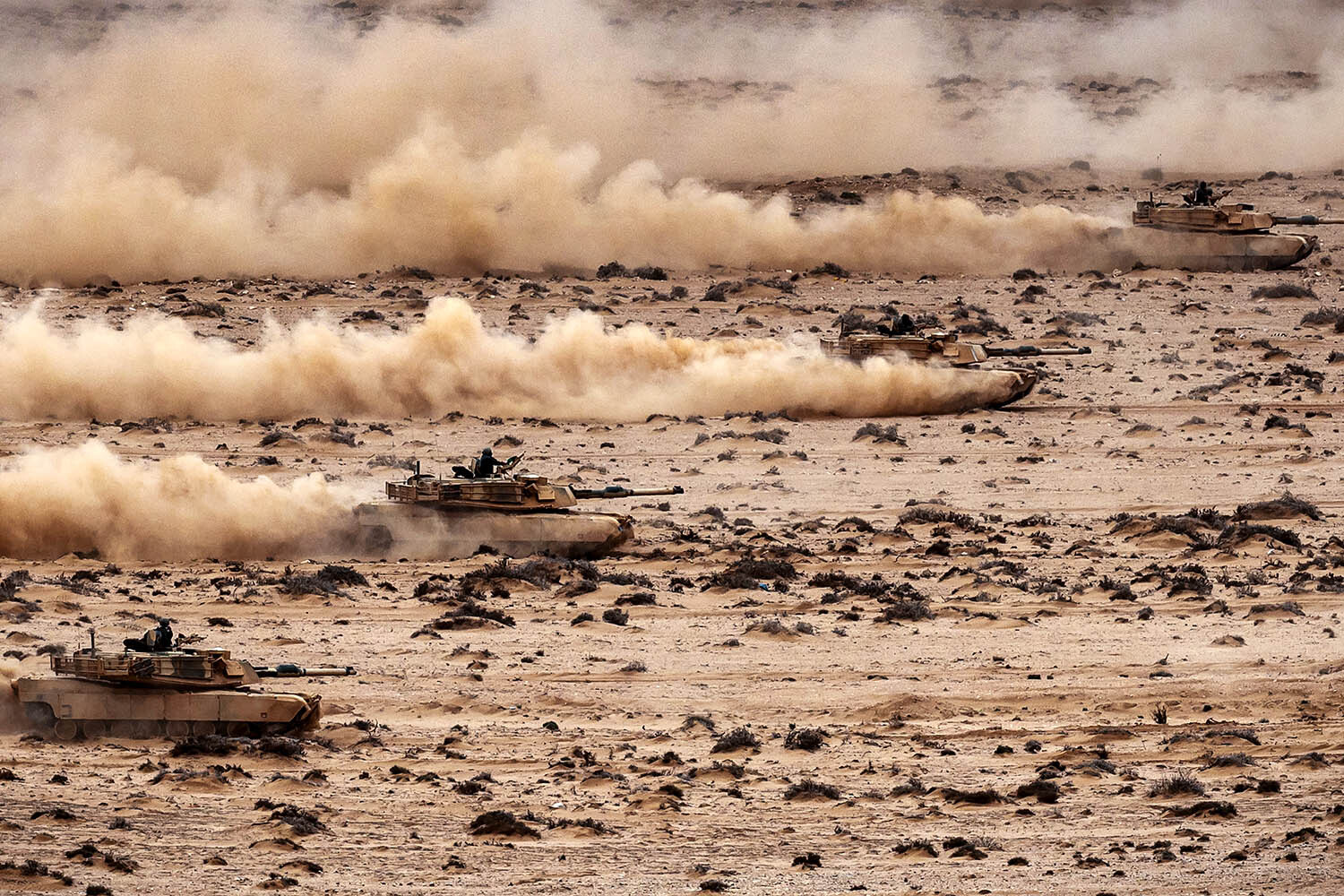Welcome to the Sensemaker, our daily newsletter. It features calm and clear analysis on the stories driving the news across tech, politics, finance, culture and more. The Sensemaker will appear here every morning, but to receive it in your email inbox, sign up on our newsletters page.
Donald Trump and Europe were on the same page on Saturday when Keir Starmer’s ‘coalition of the willing’ urged Russia to agree to a 30-day ceasefire with Ukraine. By Sunday, the US president was “starting to doubt” whether a deal would happen at all.
So what? Trump is losing interest and exhibit A is the Pentagon. His defence secretary, Pete Hegseth, is planning the biggest shake-up of the military for a generation. But this is not just to build a “leaner, more lethal force”. It is part of a grand strategic shift
•
away from protecting Europe and battling militants in the Middle East; and
•
towards tooling up for a potential showdown with China in the Indo-Pacific.
Fleet-footed. This means lumbering armoured vehicles and old-school attack helicopters are out, while drone swarms and killer robots are in.
Lessons from war. Many of Hegseth’s ideas draw on Ukraine’s defence against Russia, where small, nimble units equipped with drones have proved effective against large formations. Drones have also played a central role in recent attacks between India and Pakistan over Kashmir.
In a memo from 30 April, the defence secretary outlined plans for
•
each division of the US army to field as many as 1,000 drones;
•
troops to be able to cheaply 3D print spare parts in their dugouts;
•
AI to be integrated into battlefield strategy;
•
ammunition to be stockpiled at scale; and
•
advanced long-range missiles to be developed for sea and land.
On the hurry-up. The US wants to decrease the time it takes to get prototype weapons into soldiers’ hands from more than eight years to a few months.
“Either we do this now, or we do it in the first six months of a conflict when American soldiers are losing their lives,” the US Army secretary Daniel Driscoll recently told War on the Rocks, a podcast popular with servicemen.
Chain of command. Hegseth is streamlining his department, which has a $1 trillion annual spend that dwarfs China’s ($314 billion) and Russia’s ($225 billion). He is merging five major commands into two, trimming the US military’s top brass and scaling back “obsolete systems”.
Old friends. Hegseth’s note made no mention of European Nato allies, accused by Trump of not paying enough for their own defence. This criticism has rattled Brussels securocrats but also jolted them into action. The EU has unveiled plans to ramp up European defence spending by as much as €800 billion, in addition to which
•
Germany is lifting its debt rules to boost spending on arms;
•
France is increasing defence spending to 3 per cent of GDP;
•
UK is aiming for 2.5 per cent of GDP; and
•
Poland’s target is 4.7 per cent.
Culture war. Hegseth’s time at the Pentagon has been tumultuous. He has shared sensitive details of strikes against Yemen’s Houthis in Signal chats with his wife, brother and the editor of the Atlantic. He has dismissed senior generals and scrapped diversity initiatives, claiming the military had been undermined by “social justice saboteurs” and “Marxists”.
Real war. Critics worry purging equipment such as light tanks is badly thought-through and will strip US units of much needed firepower – an act not of transformation, but disarmament.
Arms race. Another major concern is naval power, which will be a key asset in the event of a war with China in the Pacific. China’s shipbuilding industry has exploded in size in the past few decades. Its navy is now the biggest in the world and is on course to reach 400 warships in 2025, compared with the roughly 300 that make up the US fleet.
Speed boats. In 2023 the former secretary of the US Navy, Carlos Del Toro, warned that a single Chinese shipyard has more capacity than America’s entire shipbuilding industry.
But wait… Hegseth’s new focus on the Pacific will sound familiar to some. That’s because Barack Obama launched a “Pivot to Asia” in the 2010s after a decade of conflict in the Middle East. His administration found it hard to refocus because of the region’s enduring geostrategic importance. Now there is a war in Europe too.
Photograph by Fadel Senna/AFP via Getty Images


